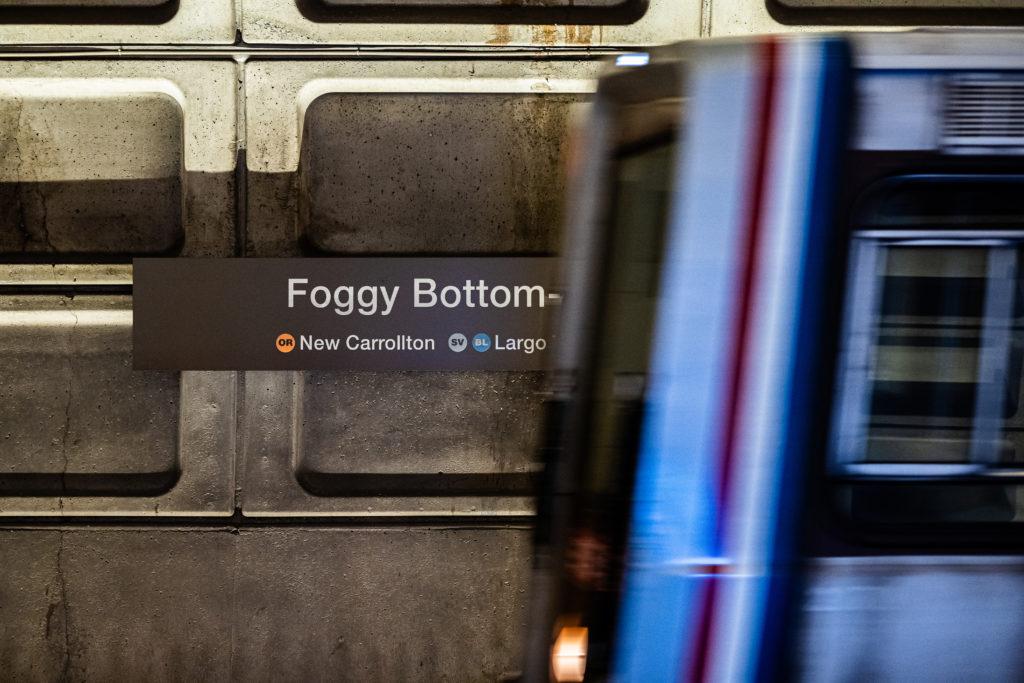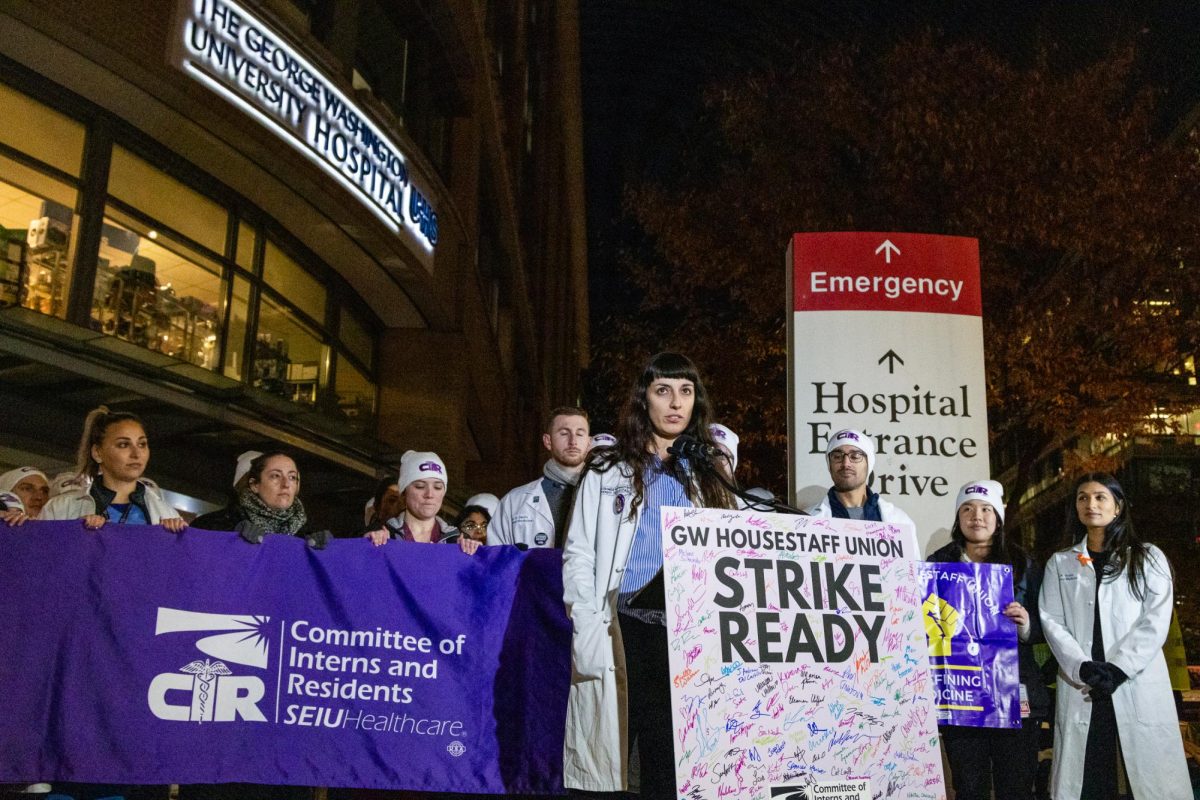Washington Metropolitan Area Transit Authority officials are increasing Metrorail service on five out of the six lines starting Monday.
WMATA officials announced in a release Thursday that trains on the Red, Blue, Silver, Green and Yellow lines will run more frequently during peak hours between 7 and 9 a.m. and 4 and 6 p.m. due to “ridership trending higher.” The service increase marks the 11th increase since last summer and the highest train frequency in Metro’s 47-year history, according to the release.
Trains on the Red Line will arrive every five minutes during peak hours, on the Green Line every six minutes, on the Yellow Line every six minutes, on the Blue Line every 10 minutes and on the Silver Line every 10 minutes. Orange Line trains will continue arriving every 10 minutes during peak hours.
“Metro is working hard to provide frequent, reliable service to help move our region and grow our economy,” WMATA General Manager and CEO Randy Clarke said in the release. “This service increase is another win for our customers and a testament to Metro staff who have worked hard to restore safe, frequent service.”
The release states that the service increase will provide 6 percent more train trips than what’s currently offered and 60 percent more trips than at this point last year. The service increase means that Metro is now using 89 percent of its budgeted service levels for Fiscal Year 2024, according to the release, with Metro receiving a total capital and operating budget of $4.8 billion.
Ridership across the Metro system has gradually increased since 2021, when it experienced a decade-low 121,554 average daily rail entries. Foggy Bottom-GWU Metro station jumped to the system’s third most popular station last year after hosting the seventh-most riders in 2019.
The release states that WMATA officials will continue to assess the need for future changes to service as ridership “continues to grow,” with the Biden Administration last month calling for more federal workers to return to in-person work this fall after the COVID-19 pandemic forced many to work remotely.










